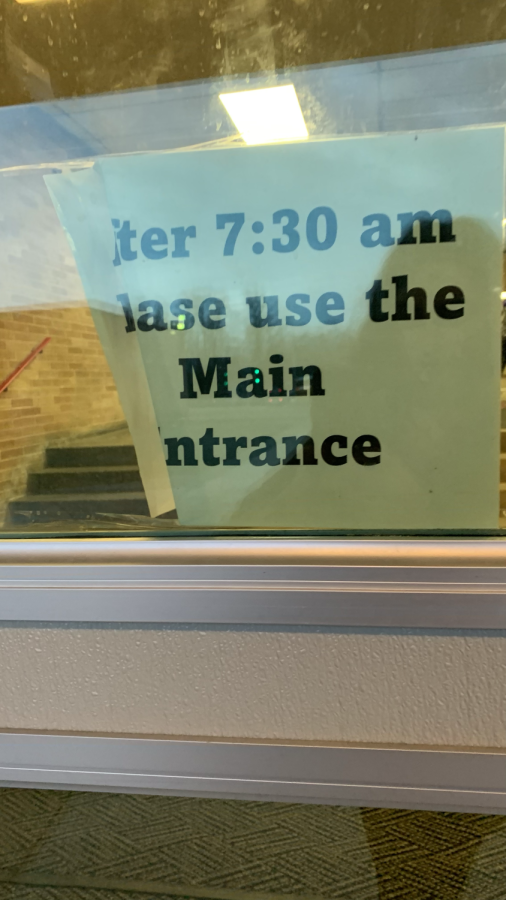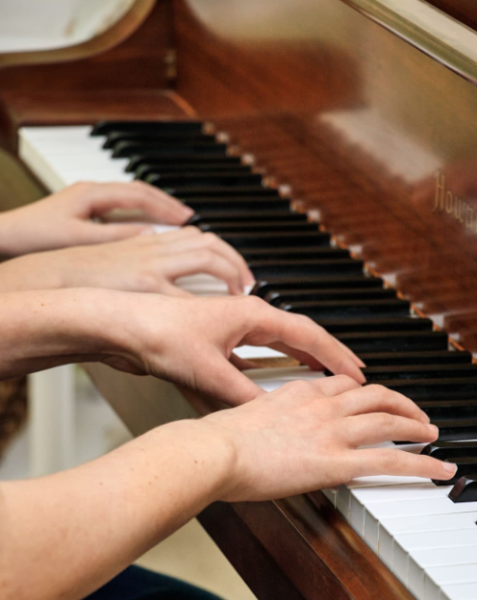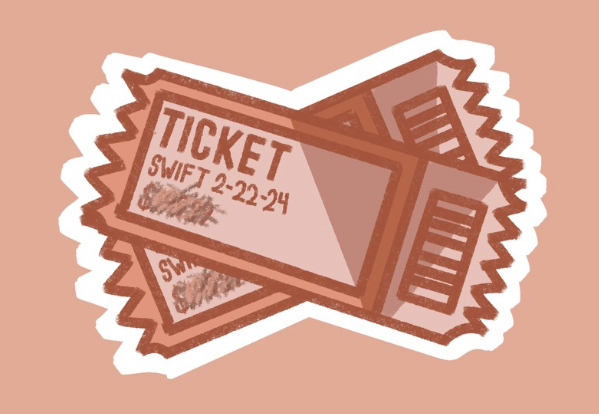Teachers should be more lenient with distributing “lates” to their students
A sign posted outside of the school directing late students to use the Main Entrance.
Picture this: The bell rings. You bolt out of your classroom in the far corner of the F-wing and run to the C-wing intersection. Before you can pass through quickly, you find yourself stuck in the large crowd in the center of the intersection. You finally enter the stairwell. The next bell rings. You are now late for class.
Some teachers at Cherry Hill High School East are very strict about their students getting to their classes on time. They mark up every student who walks in after the bell to start the period rings.
For example, one of my teachers has a rigorous attendance policy for their class. You must get to class before the bell rings, and if not, you will receive a ‘late’. After receiving three ‘lates’, students are given a discipline report and can face consequences. The teachers who conduct their classrooms in such a way, however, do not always take into consideration the complexity of navigating the busy halls of our school.
While students should make every effort to get to their classes on time, teachers need to be more understanding that sometimes their students have to run all across the school just to get from one period to another. They also need to distinguish between students who are purposefully late to class and students who are only late as a result of being caught in the busy halls.
It would be beneficial for teachers to allow their students an additional minute as a ‘grace period’ to get to their classrooms. After all, most teachers do not start teaching their class precisely after the bell rings. It would also be beneficial for teachers to speak with students repeatedly late to class before taking disciplinary action.
Ultimately, students should be on time for their classes, but it is time all teachers recognize that it is not always students’ fault when they are not. Students should not always be penalized.

Alexis is this year’s Online Opinions Editor, and is so excited for her first year of board. At East, Alexis plays in the orchestra, participates in...









